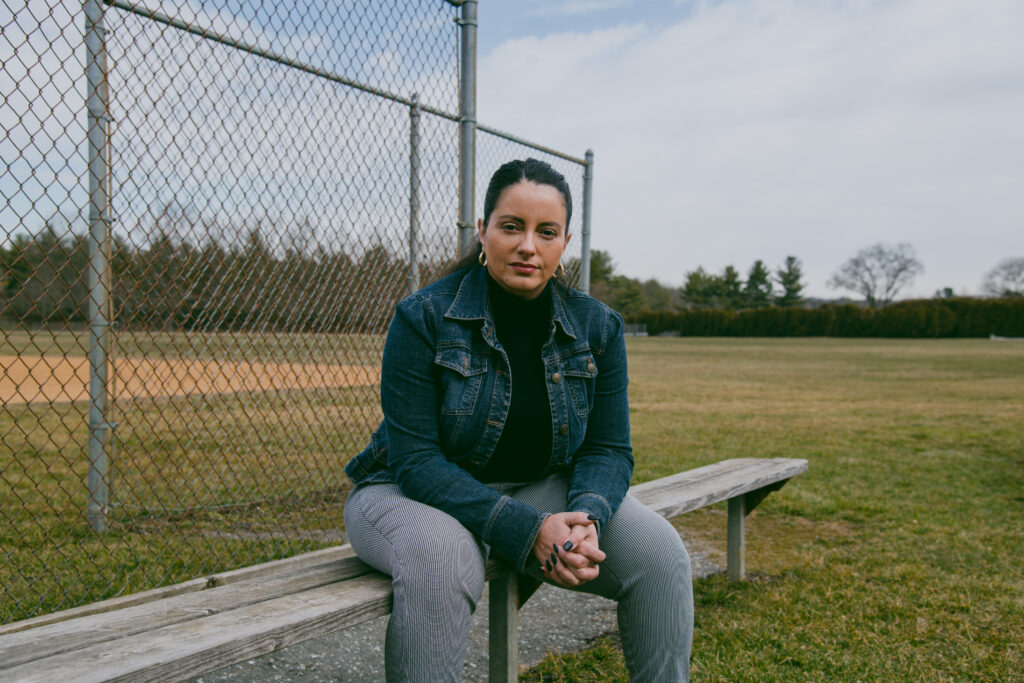
In New Jersey, I’m seen as kind of a troublemaker. By the time I left my post as the police chief in Newark, it was ugly. I was used to being liked. But I made a lot of powerful enemies. I would walk into rooms and the rooms would fall silent.
Why? Because I was fighting for women to be represented in policing.
I was born in Puerto Rico but raised in Newark. My dad wanted to be a police officer but that language barrier was hard for him. He’d had some tough experiences with the police growing up. So because of him, I got the idea I wanted to offer the kind of policing communities deserved.
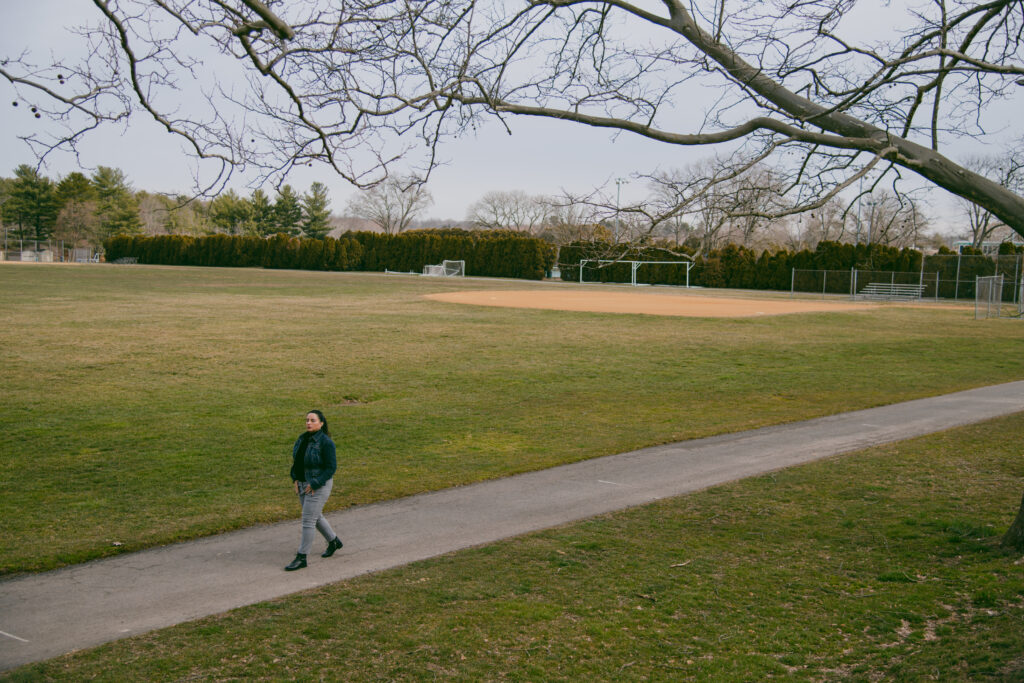
I spent 25 years in the Newark Police Department. I served in every rank from police officer to police chief.
When I started out, as long as I could prove that I deserved to be there based on the metrics that men use–arrests and tickets–then I was fine.
But once I began competing with them for promotions, things became nastier for me. They couldn’t believe I was rising up the ranks just based on merit.
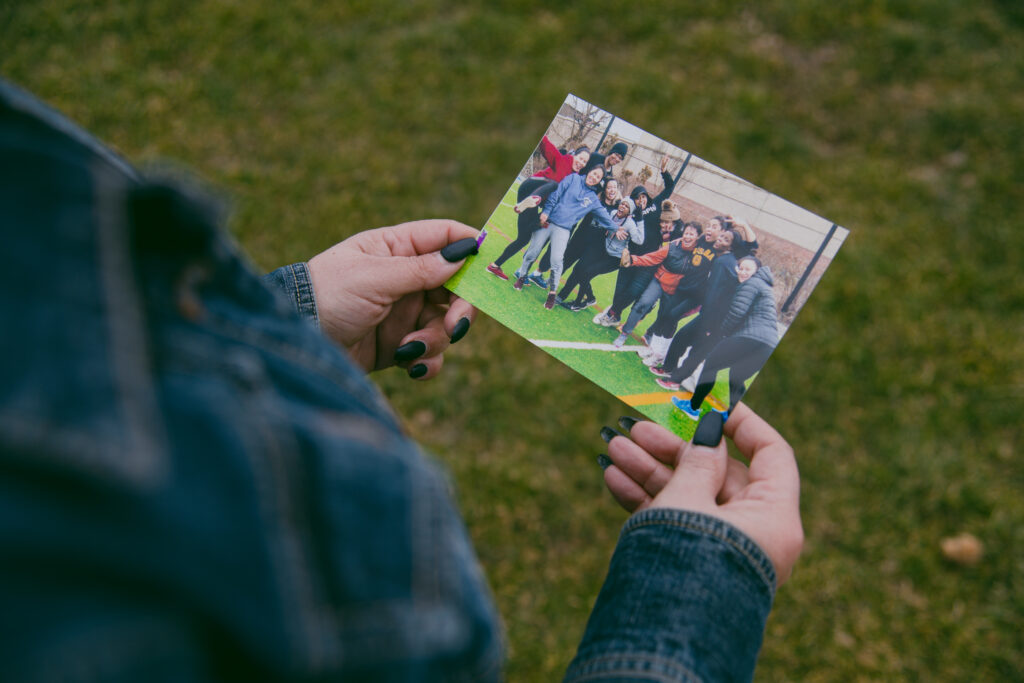
By 2014, we were down nearly 400 officers. So I was told to start hiring. We sent recruits to training academies throughout the state. And what I noticed is that we were losing almost half of the recruits and that most of them were women. When I spoke to them, I found out it was because they were failing a fitness test no one had validated, which was being administered at the very start of training, before any of them could get prepared.
Research tells us that women officers are less likely to use excessive force, less likely to use force at all, less likely to engage in “contempt of cop” arrests, like: if you hurt my feelings or you cursed at me, you’re going to jail. In general, women officers get high satisfaction rates from citizens. But whatever I tried to prepare women for the fitness test or to get it moved, it was viewed as diluting the recruiting process–no one cared about getting more female officers on the force.
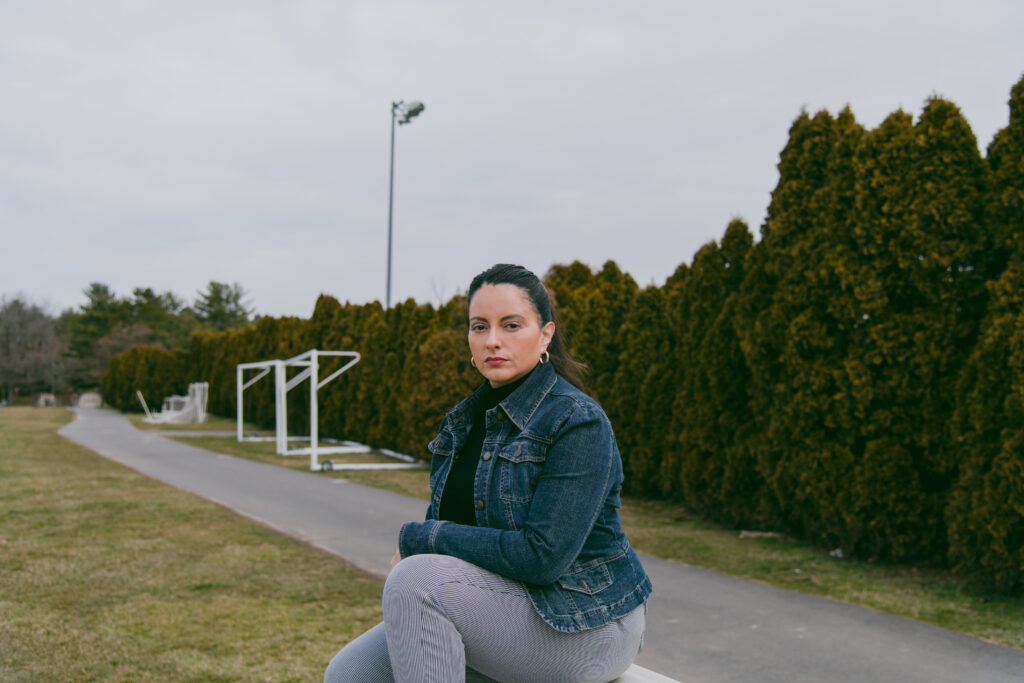
So I fought back. I started the 30×30 initiative to encourage police departments to pledge to eliminate artificial barriers to hiring women officers and get to 30% by 2030. Thirty percent because research tells us that’s the point a marginalized group feels safe enough to speak up and impact the culture.
Today we have 230 partners that represent many of the larger metropolitan areas. So that’s a third of the nation right now. We’re seeing results. We’re getting attention. It’s been really challenging, but I think I would do it again.
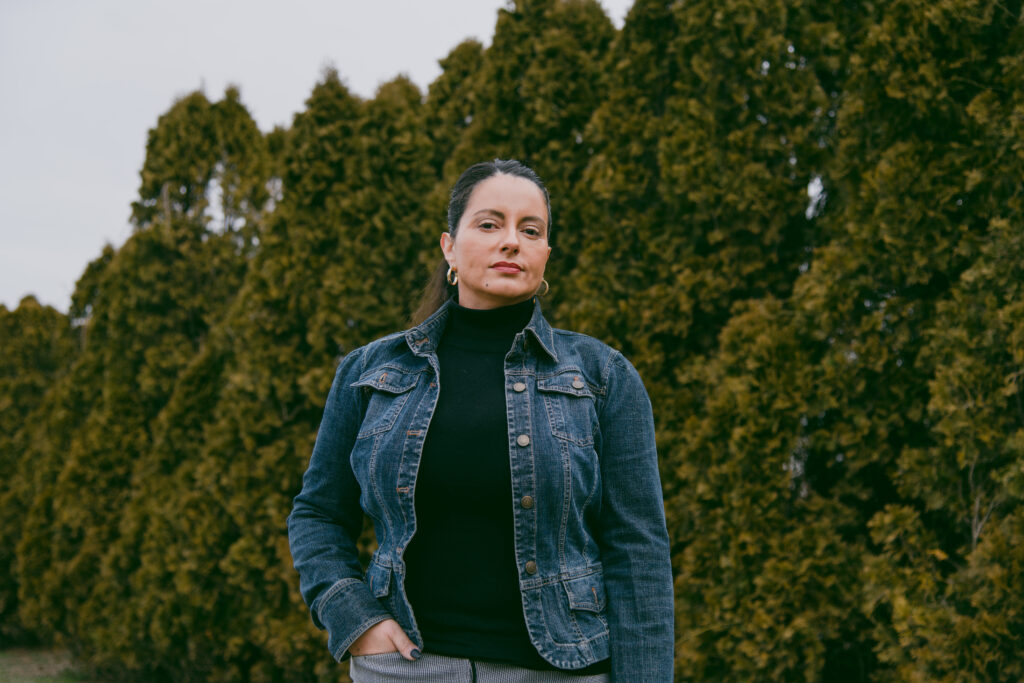

In New Jersey, I’m seen as kind of a troublemaker. By the time I left my post as the police chief in Newark, it was ugly. I was used to being liked. But I made a lot of powerful enemies. I would walk into rooms and the rooms would fall silent.
Why? Because I was fighting for women to be represented in policing.
I was born in Puerto Rico but raised in Newark. My dad wanted to be a police officer but that language barrier was hard for him. He’d had some tough experiences with the police growing up. So because of him, I got the idea I wanted to offer the kind of policing communities deserved.

I spent 25 years in the Newark Police Department. I served in every rank from police officer to police chief.
When I started out, as long as I could prove that I deserved to be there based on the metrics that men use–arrests and tickets–then I was fine.
But once I began competing with them for promotions, things became nastier for me. They couldn’t believe I was rising up the ranks just based on merit.

By 2014, we were down nearly 400 officers. So I was told to start hiring. We sent recruits to training academies throughout the state. And what I noticed is that we were losing almost half of the recruits and that most of them were women. When I spoke to them, I found out it was because they were failing a fitness test no one had validated, which was being administered at the very start of training, before any of them could get prepared.
Research tells us that women officers are less likely to use excessive force, less likely to use force at all, less likely to engage in “contempt of cop” arrests, like: if you hurt my feelings or you cursed at me, you’re going to jail. In general, women officers get high satisfaction rates from citizens. But whatever I tried to prepare women for the fitness test or to get it moved, it was viewed as diluting the recruiting process–no one cared about getting more female officers on the force.

So I fought back. I started the 30×30 initiative to encourage police departments to pledge to eliminate artificial barriers to hiring women officers and get to 30% by 2030. Thirty percent because research tells us that’s the point a marginalized group feels safe enough to speak up and impact the culture.
Today we have 230 partners that represent many of the larger metropolitan areas. So that’s a third of the nation right now. We’re seeing results. We’re getting attention. It’s been really challenging, but I think I would do it again.
